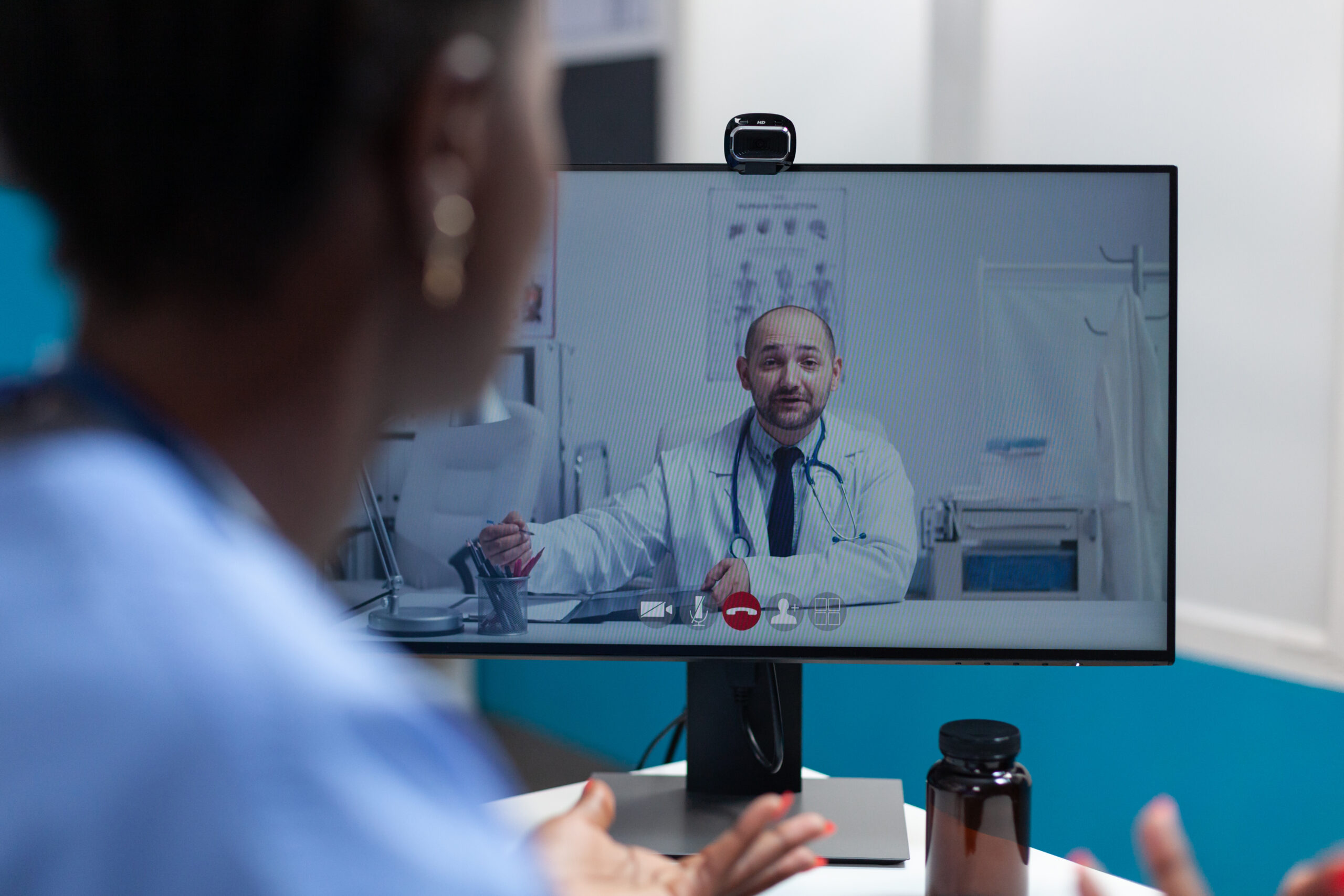The healthcare sector faces a persistent shortage of qualified nurses, leading many organizations to look beyond domestic borders for talent. Hiring international nurses offers a range of benefits that can enhance patient care, improve workforce diversity, and address staffing challenges.
Addressing Critical Staffing Shortages
The demand for nursing professionals often outpaces supply, particularly in underserved areas. To address staffing shortages, international nurses can help fill these gaps, ensuring that healthcare facilities maintain adequate staffing levels. By tapping into a global talent pool, organizations can better meet patient needs and reduce the burden on existing staff.
Enhancing workforce diversity and cultural Competence
International nurses bring unique perspectives and diverse experiences to the healthcare team. Their varied cultural backgrounds can enhance patient interactions, fostering understanding and empathy, especially in multicultural communities. This diversity can lead to more comprehensive patient care and improved health outcomes.

Improving communication with multilingual Staff
Many international nurses are multilingual, which can be a significant asset in healthcare settings. Their ability to communicate in multiple languages can help bridge gaps with patients who may have limited English proficiency, improving patient satisfaction and ensuring that care instructions are understood.
Leveraging strong educational Backgrounds
Nurses from other countries often undergo rigorous training and education, equipping them with a strong foundation in clinical practice. Many international nursing programs align with international standards, ensuring that these professionals are well-prepared to deliver high-quality care.
Fostering a global perspective and Innovation
Hiring international nurses fosters a global mindset within healthcare organizations. It encourages knowledge exchange and collaboration across cultures, leading to innovative practices and improved healthcare solutions. This can enhance the overall quality of care and promote best practices from around the world.
Benefitting from dedicated and rResilient Professionals
International nurses often demonstrate a strong commitment to their profession. Their decision to relocate and adapt to a new environment reflects resilience and dedication. This mindset can contribute positively to workplace morale and foster a culture of perseverance among the team.
Achieving long-term cost Efficiency
While there are initial costs associated with recruiting and relocating international nurses, the long-term benefits often outweigh these investments. By reducing turnover rates and ensuring stable staffing levels, organizations can save on recruitment and training costs, ultimately leading to improved operational efficiency.
Ensuring compliance with staffing Regulations
In many regions, hiring international nurses can help healthcare facilities comply with regulatory staffing requirements. This is particularly important for organizations that must meet specific ratios of nursing staff to patients, ensuring high standards of care and patient safety.
At International Alliance Group, we can help you find the best international nurses, providing your organization with a wealth of talent and a multitude of benefits. Register here today to receive more information on how we can support your staffing needs.
This blog was written by Global Workforce Development, powered by IAG, an organization dedicated to creating international job opportunities for professionals.



